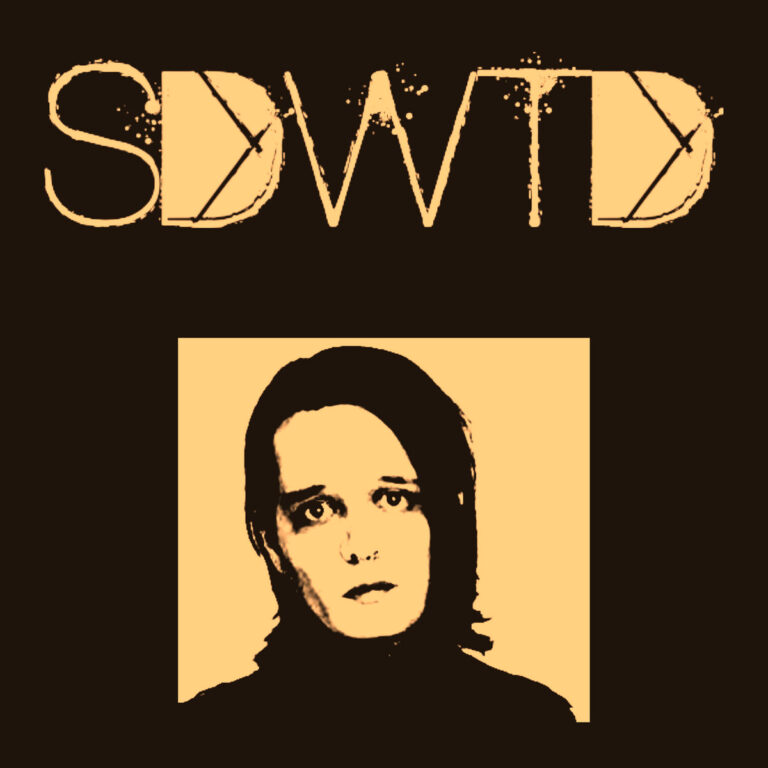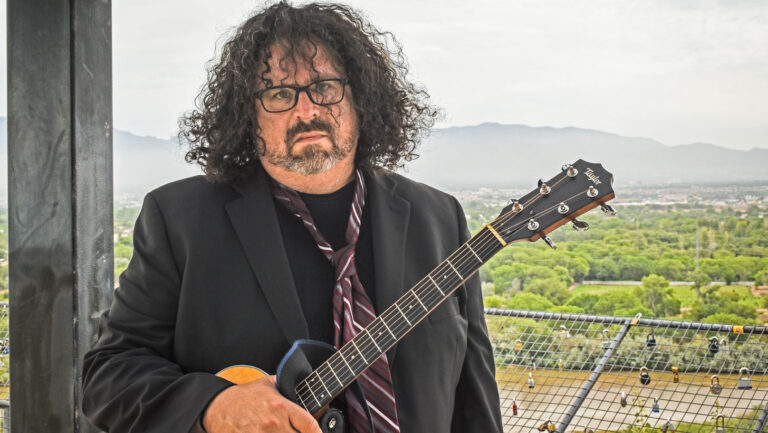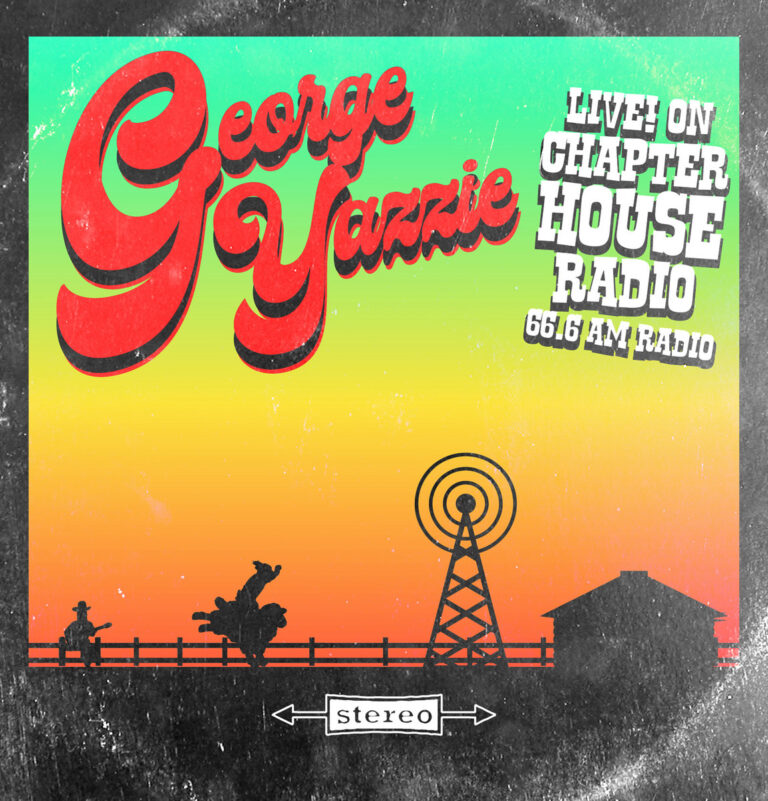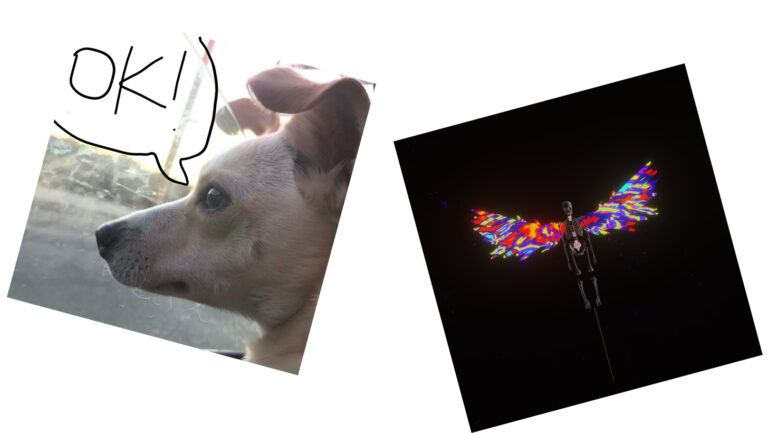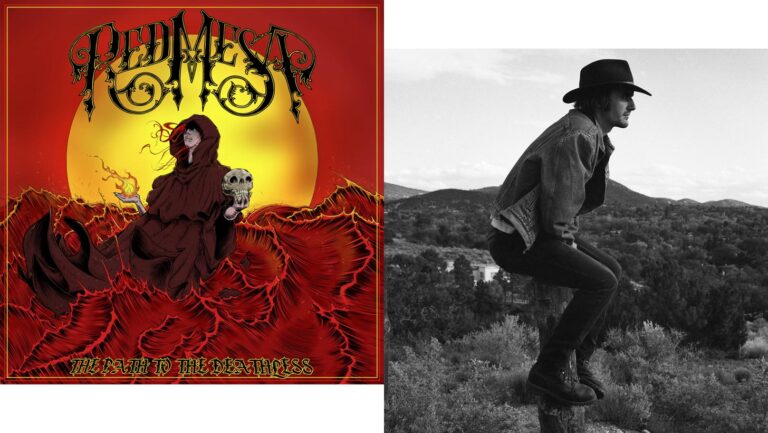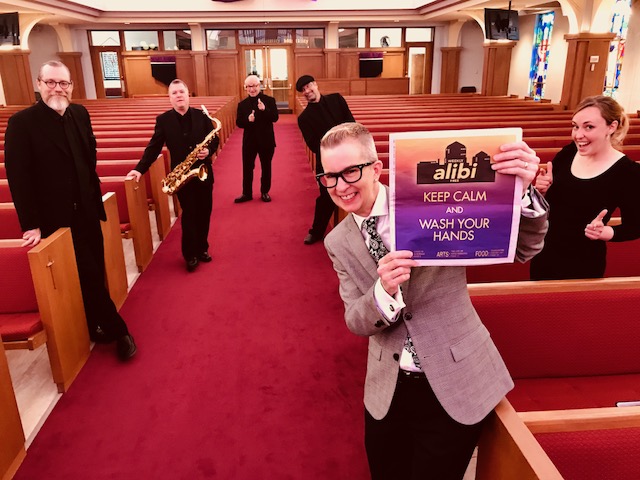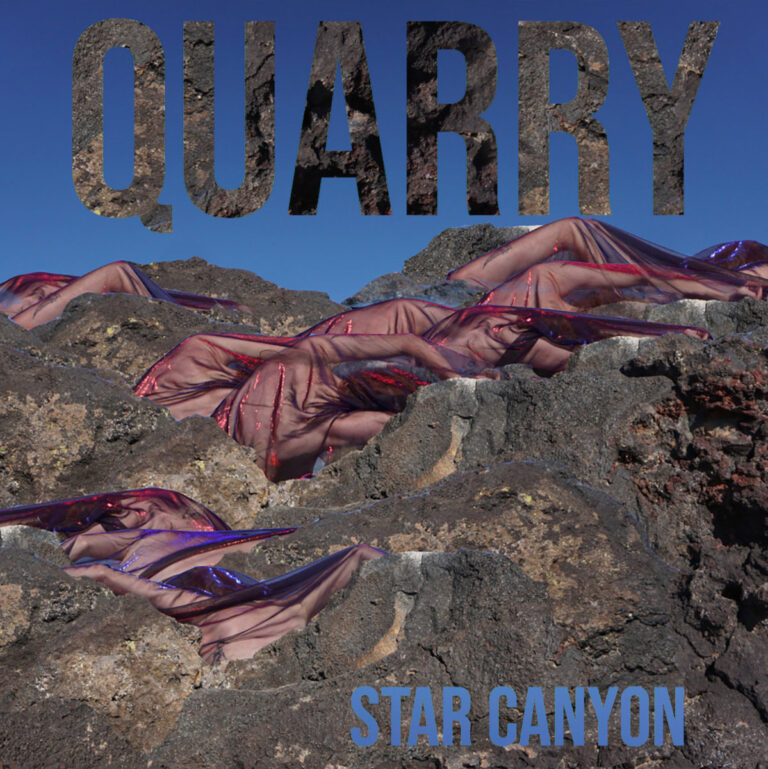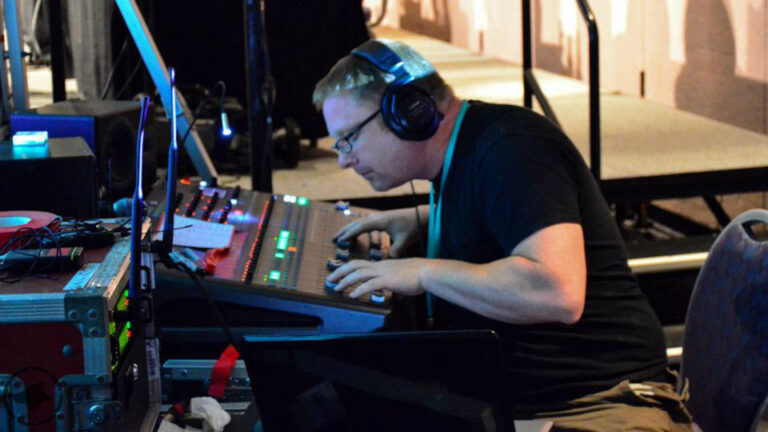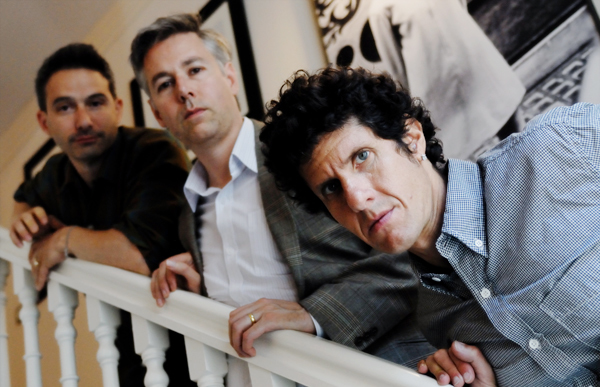“This is the essence of magic, which does not create, but summons.” So said Franz Kafka in his diary, and so it might be said of the Fantastic Merlins’ approach to music.Make no mistake: The unusually instrumented quartet—Nathan Hanson (saxophone), Jacqueline Ultan (cello), Brian Roessler (bass) and Peter Hennig (drums)—does create its own compositions. Balanced between the composed and the improvised, the pieces invoke the power of a rock band, the delicacy of a string quartet, the freedom of a jazz combo and the daring of an avant-garde aggregation.In performance, though, the quartet collectively summons a spirit that magically elevates the music to a higher level. Its summoning spell? Listening closely to one another and trusting in the music.As Hanson puts it, “The way that all of us wanted to work [was] with the combination of improvising—letting the music reveal itself to us as we’re discovering it—and also including in that some composed elements. … That’s exactly what we’re after: The ability to respond as the music is leading us, and also the trust that the music is going to show us what’s going to happen.”This Sunday, the Minneapolis-based quartet, whose first CD, Look Around, was a 2007 Grammy semifinalist for Best Jazz Instrumental, will appear at the Outpost. You can expect to hear material from the soon-to-be-released A Handful of Earth, which takes the music to a higher level. Consonance, Dissonance and Noise Although the instrumentation is unusual, its effectiveness makes you wonder why it hasn’t been done more often. For Hanson, its success comes from the personalities of the players.“I’ve been a fan of Jacqueline’s music for a long time,” he says, “and at this point, Brian and I have been playing together for 15 years. So I just knew that something like this had a chance. … And Pete is just an amazing find for us.”He notes that the quartet’s music “comes from the other side of things, [compared to] typical avant-garde or free jazz, which is essentially what we’re doing—but we willingly embrace consonance,” he says. “We don’t fear dissonance, either.”A bit of judiciously applied noise comes in handy from time to time, too. Collusion of Frequencies Because the timbres of the three melodic instruments are relatively similar, delightfully strange things can happen. “There are times when I think we sound like a string quartet, and there are times when we sound like three cellos, and there are times when we sound like a saxophone section from a big band,” says Hanson. “Those frequencies collude, and especially in the beginning, we would listen back to recordings and think, Wait, who was playing that?”That phenomenon and the players’ level of musicianship help explain why you might mistake Hanson’s sax for a violin on one track and why his sax and Ultan’s cello sound like amped-up fuzz guitars on another—and no, there’s no soundboard trickery at work.The colluding frequencies of the four players—each of whom is also a contributing composer—allow the group to explore some extraordinary sonicscapes. They can buffet you in a grinding metal maelstrom one moment, then pluck you out and float you weightless in stained-glass tranquility in the next.Their lush, orchestral sound excites not only the ears but the inner eye as well in a sort of cinematic synesthesia. “It’s not something that we set out to do,” Hanson says, “but we’re really glad when it works itself out that way.”
The Fantastic Merlins appear at the Outpost on Sunday, April 5, at 7:30 p.m. The Albuquerque “twisted folk duo” Charmed opens. Tickets are $17, $12 for members and students. Available in advance, by phone or in person, at the Outpost (210 Yale SE, 268-0044).

